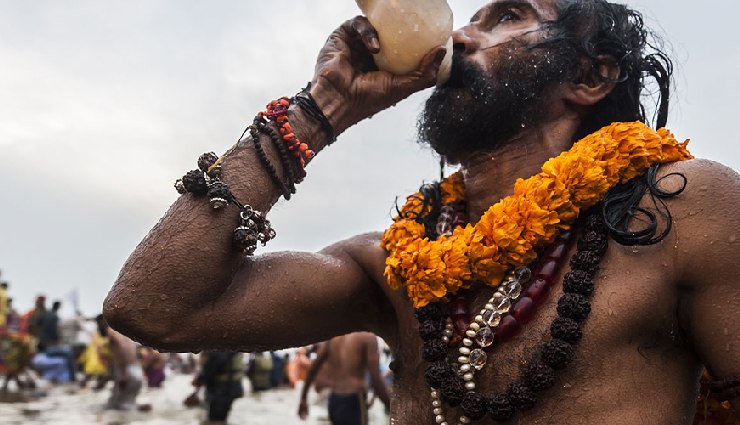
# Held Every 12 Years
The Poorna Kumbh or Maha Kumbh is celebrated once every 12 years in four locations of immense spiritual importance: Prayagraj (Allahabad), Haridwar, Ujjain, and Nashik.
# World’s Largest Spiritual Gathering
The Maha Kumbh Mela attracts millions of devotees from across the globe. Over 45 crore people are expected to participate in the 2025 event in Prayagraj, Uttar Pradesh.

The Maha Kumbh takes place at the Triveni Sangam, the holy confluence of the Ganga, Yamuna, and the mystical Saraswati rivers. A dip in this confluence is believed to purify one's soul, erase past sins, and lead to Moksha (salvation).
# Astronomical Timing
The timing of the Maha Kumbh Mela is based on astrological alignments, considered highly auspicious in Hindu tradition. It occurs when Jupiter enters Aquarius and the sun and moon align in Aries and Sagittarius.
# Global Recognition
In 2017, the Kumbh Mela was added to UNESCO’s Representative List of the Intangible Cultural Heritage of Humanity.
# Historical Significance & Origins
The Kumbh Mela is deeply rooted in Hindu mythology, symbolizing the 'Samudra Manthan' (churning of the ocean), where drops of nectar fell at four key locations: Prayagraj, Haridwar, Nashik, and Ujjain.
# The Naga Sadhus
Naga Sadhus are unique ascetics who live in complete devotion, often bathing in cold waters. These monks can be seen at the Maha Kumbh Mela, with some wearing thousands of rudrakshas or growing crops on their heads for years.
# Symbol of Unity
The Kumbh Mela unites people from all walks of life, transcending culture, region, and language. It serves as a reflection of India's rich spiritual diversity, where unity in diversity is celebrated.
# Eco-Friendly Initiatives
In recent years, the Kumbh Mela has adopted environmentally conscious practices, including waste management, plastic bans, and promoting sustainable tourism.
# Foreign Devotees
The Maha Kumbh Mela attracts not only Hindus but also devotees from around the world who come to witness this grand event and experience its unique spiritual energy.